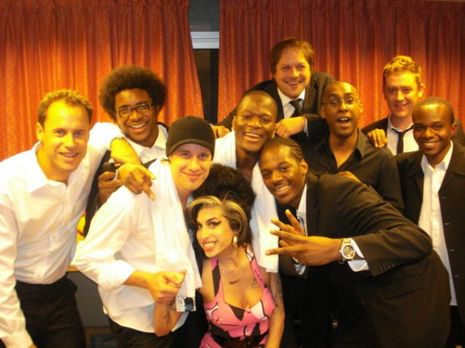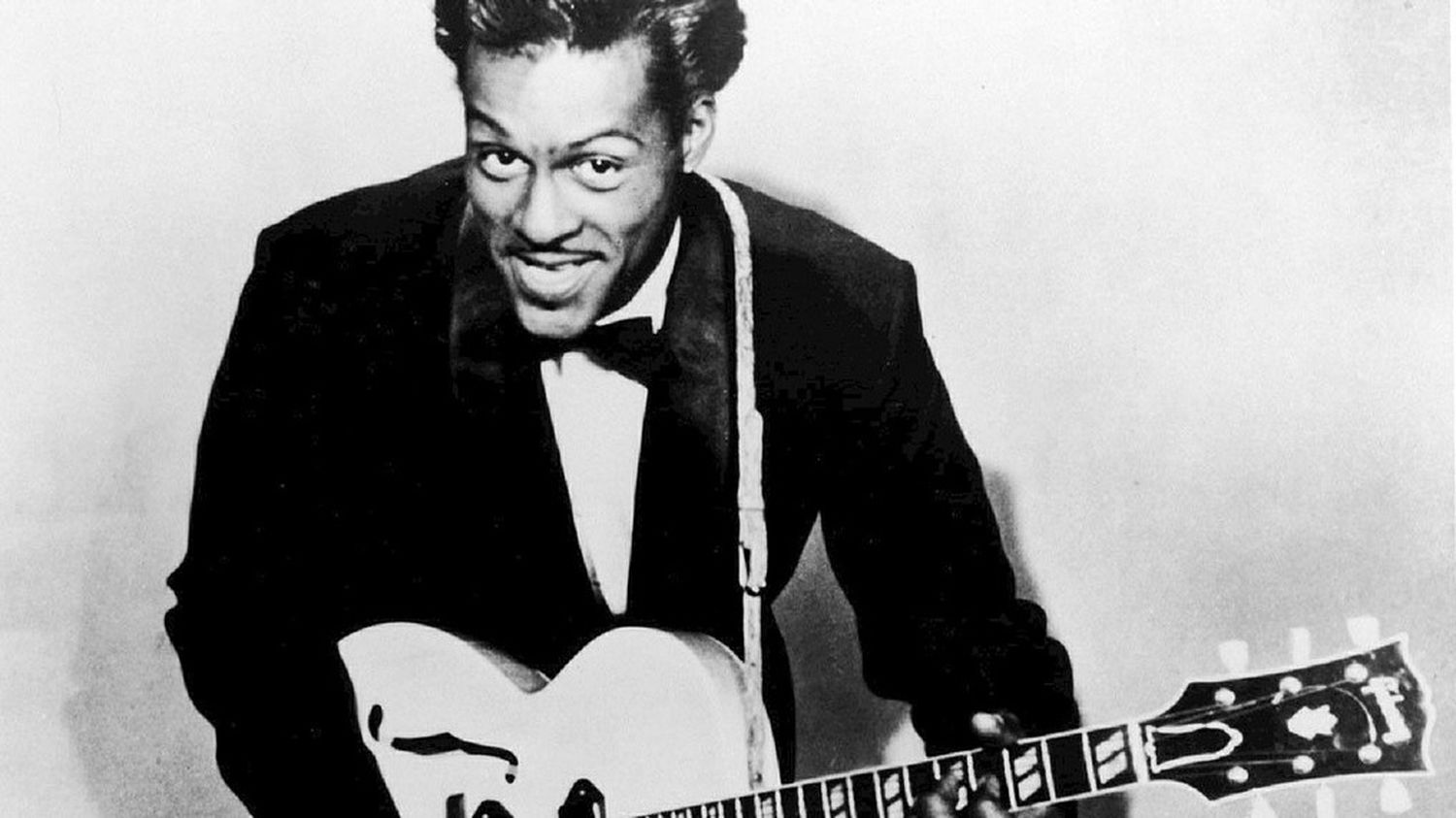“Male roles”: how cultural stereotypes limit musicians
Social expectations around gender and race can end up boxing artists in, argues Vulture columnist Felix Asare

When we look at the music industry today, it’s almost a given that we can connect any chosen genre to a certain ‘type’ of artist. We stereotypically think of rappers as black men, rock stars as white men, and pop singers as young women. This is not intrinsically harmful, and these stereotypes generally originate from nothing more than viewing music as a part of cultural identity. Beneath the surface however, they can be problematic, both in terms of stifling diversity and by limiting opportunities for younger musicians.
If we consider the origins of these connections and stereotypes, it becomes clear that our perception of the relationship between music and culture plays a pivotal role. Musicians and the music they produce are often seen to represent and be connected to the cultural identity of the musician’s demographic. The extent of this connection is generally reflected by the diversity (or lack thereof) within a particular genre: the greater the link to a specific demographic, the less likely we are to see significant diversity of its musicians and vice versa. This phenomenon is not unique to the music industry and can be seen both in the other arts and in society more generally. For example, we would naturally associate ballroom dancing with white dancers in very much the same way that we would associate breakdancing with BAME dancers, due to dance’s similar connection to cultural identity. Other parallels can be drawn from wider society, with even something as simple as the perception of nurses being female and doctors being male illustrating the same concept.
The problems caused by these stereotypes arise when they spill over from mere connections into more definitive perceptions. This is when instead of just thinking of nurses as female purely because we were treated by a female nurse, we begin to think that women can – or worse, should – only be nurses, rather than occupying other medical roles which we associate with men. The process is twofold, with external discrimination and internal limitation being the key components that stifle diversity. Within the music industry, the former is demonstrated by record labels and producers (whether consciously or subconsciously) denying musicians who they feel do not conform to the ‘image’ of a particular genre. On the other hand, this is reciprocated by musicians limiting their options by only attempting to become successful within genres that are associated with their demographic.
“There is a growing consensus that this is a long-term, systemic issue”
A specific example of this problem is the gender imbalance in jazz, with non-male musicians both being discouraged from playing jazz, and also actively choosing other genres where non-male artists are more prevalent. In addition to this, non-male jazz artists are usually encouraged to be singers rather than instrumentalists as this is still viewed as a ‘male role’. The fact that Ella Fitzgerald, Billie Holiday and Amy Winehouse are household names, while the likes of Yolanda Brown and Yazz Ahmed are less well-known, furthers this perception, as younger instrumentalists struggle to find role models with similar acclaim to their singing counterparts. As a result, the number of non-male musicians who choose jazz is much lower than their male counterparts, and those who do are typically drawn to singing rather than playing. Moreover, this in itself compounds the problem as jazz bands will usually only have one or two singers, whereas the number of instrumentalists typically ranges from around 20 to 40, further reducing the numbers and prevalence of non-male jazz musicians.
There is a growing consensus that this is a long-term, systemic issue which is not limited to jazz or even the music industry as a whole. Diversity is a key theme in many of the current debates surrounding sexism, racism and other forms of discrimination, which shows that significant progress is still needed to address the issue. There are, however, promising signs both in the UK and further afield: the increasing number of female choristers is substantially reducing the notion that cathedral choirs should be all male, with similar progress being made in terms of BAME classical musicians. While these examples are encouraging, the same cannot be said for the vast majority of the music industry, which continues to be largely segregated by factors such as race, age and gender. Increasing diversity and breaking the stereotypes that limit young musicians is by no means an impossible task, but it is important not to underestimate the scale of this challenge.
 News / Cambridge academics stand out in King’s 2026 Honours List2 January 2026
News / Cambridge academics stand out in King’s 2026 Honours List2 January 2026 Interviews / You don’t need to peak at Cambridge, says Robin Harding31 December 2025
Interviews / You don’t need to peak at Cambridge, says Robin Harding31 December 2025 Comment / What happened to men at Cambridge?31 December 2025
Comment / What happened to men at Cambridge?31 December 2025 News / Varsity’s biggest stories of 202531 December 2025
News / Varsity’s biggest stories of 202531 December 2025 Features / “It’s a momentary expression of rage”: reforming democracy from Cambridge4 January 2026
Features / “It’s a momentary expression of rage”: reforming democracy from Cambridge4 January 2026











